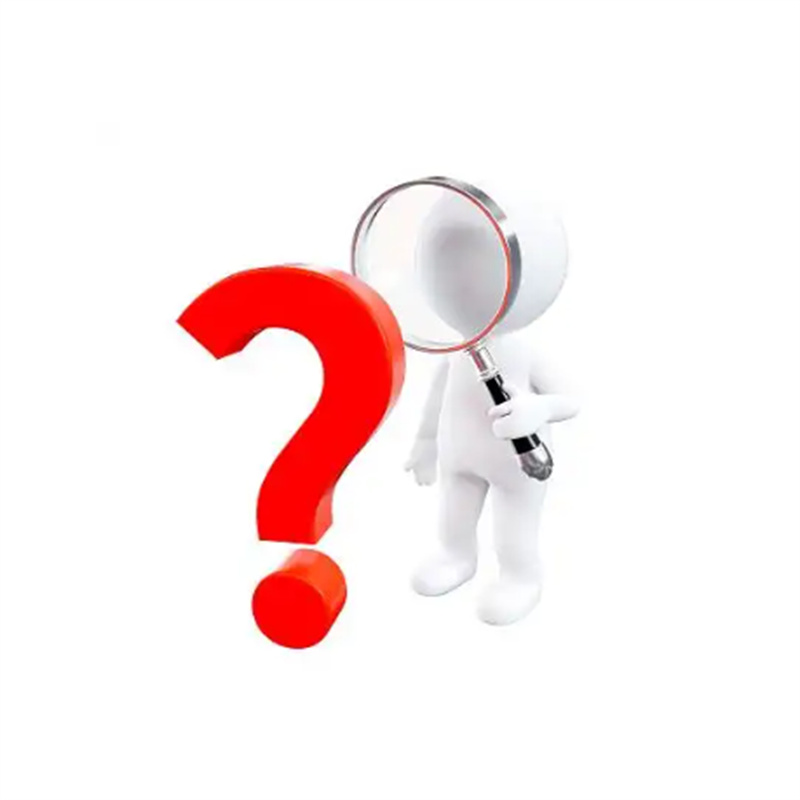Diphenylphosphine CAS 829-85-6
25 kg/drum or 200 kg /drum or based on customer's requirements.
Diphenylphosphine has a variety of uses, including:
1. Ligand in coordination chemistry: It acts as a ligand to form metal complexes and is important in catalysis and materials science.
2. Synthesis of organophosphorus compounds: Diphenylphosphine is used as a precursor or reagent in the synthesis of other organophosphorus compounds, which can be used in agriculture, pharmaceuticals and materials.
3. Reducing agent: It can be used as a reducing agent in organic synthesis to promote various chemical reactions.
4. Pharmaceutical: Due to its reactivity and ability to form stable complexes, it may be involved in the development of certain pharmaceutical compounds.
5. Research Applications: Diphenylphosphine is often used in research environments to study reaction mechanisms and develop new chemical methods.
* We can offer a range of payment options to our clients.
* When the sum is modest, clients typically pay with PayPal, Western Union, Alibaba, and other similar services.
* When the sum is significant, clients typically pay with T/T, L/C at sight, Alibaba, and so on.
* Furthermore, an increasing number of consumers will use Alipay or WeChat Pay to make payments.


Yes, diphenylphosphine is harmful to humans. It is considered toxic and may pose health risks if ingested, inhaled, or comes in contact with skin. Potential health effects include:
1. Skin and eye irritation: Contact with skin or eyes may cause irritation.
2. Breathing Problems: Inhalation of vapor or mist can cause respiratory irritation and other breathing problems.
3. Toxicity: May have systemic toxic effects, and symptoms such as headache, dizziness or nausea may occur after contact.
4. Long-term effects: Prolonged or repeated exposure may cause more serious health effects.
Diphenylphosphine should be stored carefully to ensure its stability and safety. Here are some guidelines for storing diphenylphosphine:
1. Container: Store in a sealed container to prevent contamination and evaporation. Use containers made of materials compatible with phosphine.
2. Temperature: Please store it in a cool and dry place, away from heat and direct sunlight. Ideally, it should be stored at room temperature.
3. Inert Gas: If possible, store diphenylphosphine under an inert gas (such as nitrogen or argon) to minimize exposure to moisture and air, which can cause degradation.
4. Label: Clearly label containers with chemical name, concentration, and hazard information.
5. Safety Precautions: Keep away from incompatible substances such as strong oxidants and ensure storage in a well-ventilated area.
6. Personal Protective Equipment (PPE): When handling and transferring diphenylphosphine, use appropriate PPE, including gloves and goggles, to minimize exposure.


When transporting diphenylphosphine, several precautions should be taken to ensure safety and compliance with regulations. Here are some key considerations to take into account:
1. Regulatory Compliance: Make sure you comply with all relevant regulations for the transportation of dangerous goods. This includes following the guidelines set by organizations such as the U.S. Department of Transportation (DOT) or the International Air Transport Association (IATA) for air shipments.
2. Proper labeling: Appropriate hazard symbols and information should be clearly marked on the packaging. This includes indicating that the substance is toxic and may be harmful if inhaled or touched.
3. Packaging: Use appropriate packaging materials that are compatible with diphenylphosphine. The container should be leakproof and chemical resistant. A secondary containment (e.g., a secondary box or pallet) may also be required to prevent leakage.
4. Temperature Control: Ensure that the transportation conditions maintain a stable temperature, as extreme temperatures can affect the stability of chemicals.
5. Documentation: This includes all necessary shipping documents such as Safety Data Sheet (SDS), Shipping Declaration, and any other required documents.
6. Emergency Procedures: Provide information on emergency procedures in the event of a leak or exposure during transport. This includes contact information for emergency response.
7. Training: Ensure that personnel involved in the transportation process are trained in handling hazardous materials and understand the risks associated with diphenylphosphine.
8. Avoid Incompatible Materials: Ensure that diphenylphosphine is not transported together with incompatible materials (such as strong oxidizing agents) as these may cause dangerous reactions.









